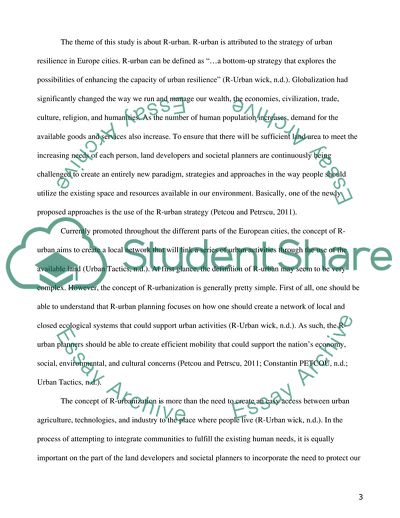Cite this document
(R-urban Development Approach: Responding to Efficiency and Sustainability Report Example | Topics and Well Written Essays - 3500 words, n.d.)
R-urban Development Approach: Responding to Efficiency and Sustainability Report Example | Topics and Well Written Essays - 3500 words. https://studentshare.org/macro-microeconomics/1866919-r-urbanresponding-to-efficiency-and-sustainability
R-urban Development Approach: Responding to Efficiency and Sustainability Report Example | Topics and Well Written Essays - 3500 words. https://studentshare.org/macro-microeconomics/1866919-r-urbanresponding-to-efficiency-and-sustainability
(R-Urban Development Approach: Responding to Efficiency and Sustainability Report Example | Topics and Well Written Essays - 3500 Words)
R-Urban Development Approach: Responding to Efficiency and Sustainability Report Example | Topics and Well Written Essays - 3500 Words. https://studentshare.org/macro-microeconomics/1866919-r-urbanresponding-to-efficiency-and-sustainability.
R-Urban Development Approach: Responding to Efficiency and Sustainability Report Example | Topics and Well Written Essays - 3500 Words. https://studentshare.org/macro-microeconomics/1866919-r-urbanresponding-to-efficiency-and-sustainability.
“R-Urban Development Approach: Responding to Efficiency and Sustainability Report Example | Topics and Well Written Essays - 3500 Words”. https://studentshare.org/macro-microeconomics/1866919-r-urbanresponding-to-efficiency-and-sustainability.


